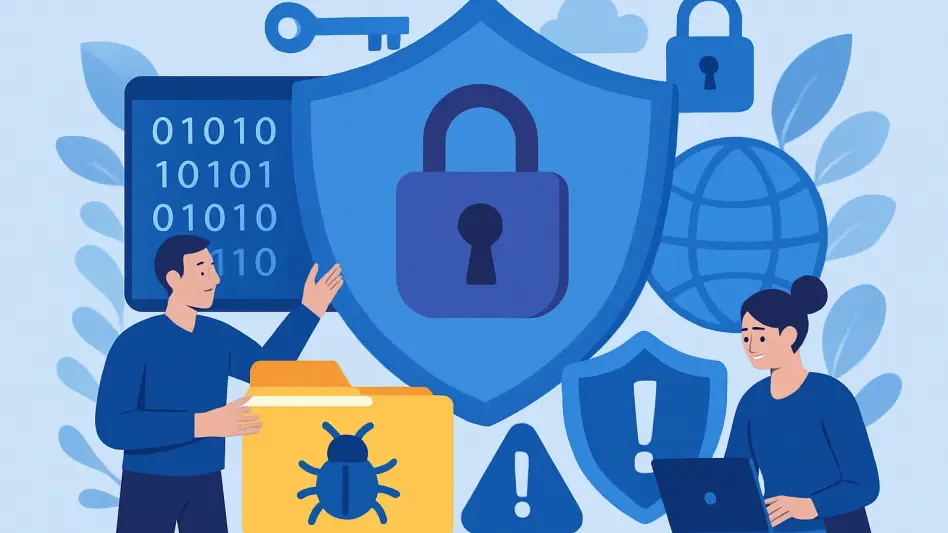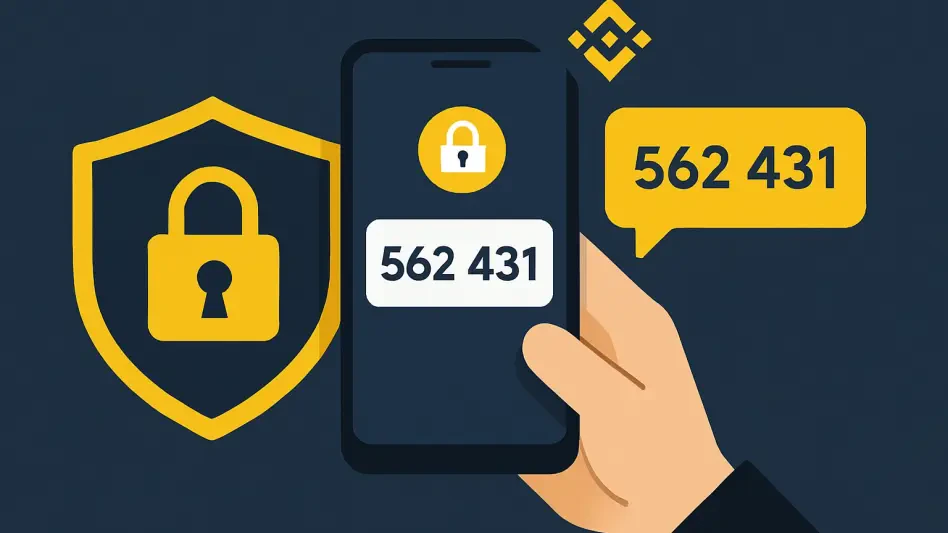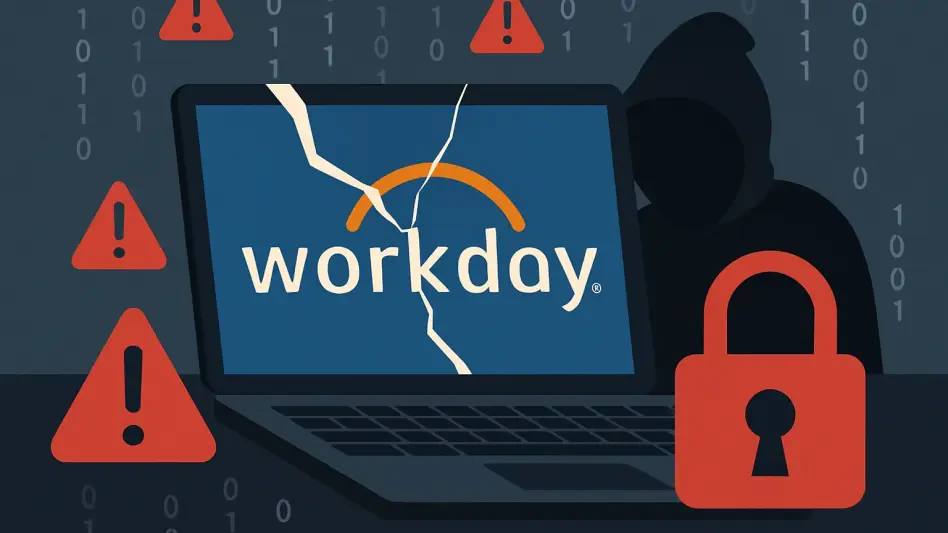In an era where digital transactions and online interactions dominate daily life, the risk of personal information being compromised in a data breach looms larger than ever, with incidents like the ByBit crypto exchange hack—resulting in a staggering loss of $1.4 billion for investors—and the National Public Data breach, which exposed billions of Social Security Numbers, serving as stark reminders of the vulnerabilities in even trusted systems. These events underscore a harsh reality: when a breach occurs, it often stems from someone else’s failure to secure data, not from any wrongdoing on the part of individuals. Many affected parties may remain unaware of such incidents until their sensitive details surface on the dark web, sometimes through third-party firms mishandling information shared by potential employers or service providers. However, this lack of control over initial security does not equate to helplessness. By gaining a clear understanding of how breaches unfold and taking swift, informed actions, individuals can significantly reduce the potential damage. Staying vigilant about breach notifications and responding promptly can create a crucial barrier against identity thieves eager to exploit stolen data. This article outlines actionable steps to safeguard personal information in the aftermath of a breach and offers strategies to bolster defenses against future risks.
1. Understanding the Motives of Data Thieves
Data breaches often involve thieves targeting encrypted data vaults, akin to criminals stealing safes without knowing what lies inside or how to access the contents. When security measures like Zero Knowledge authentication are properly implemented, these vaults remain nearly impenetrable, as decryption occurs solely on the owner’s device, leaving thieves with little chance of success. Such robust protections mean that even if data is stolen, it remains useless without the unique key held by the rightful owner. This level of security often discourages attackers, prompting them to abandon difficult targets in favor of more vulnerable ones. However, not all breaches involve such fortified systems, and understanding the intent behind these thefts—primarily to gain access to valuable personal or financial information—helps in anticipating the risks and preparing accordingly.
The stakes rise when additional, non-encrypted information falls into the wrong hands, as seen in a notable LastPass breach where thieves accessed unencrypted URLs linked to password vaults. This extra context made guessing master passwords significantly easier, illustrating how even small lapses in security protocols can amplify the threat. Without stringent measures like Zero Knowledge protocols, the consequences of a breach can spiral into catastrophic losses, potentially exposing entire databases of personal information. Thieves exploit any weakness, and their persistence in cracking security over extended periods highlights the critical need for robust initial defenses. Recognizing these patterns in data theft tactics is essential for anyone aiming to protect their digital identity from such invasive threats.
2. Assessing the Impact of Stolen Data
When a data breach occurs, thieves often gain access to customer lists, whether through physical theft of paper records or digital infiltration of online databases, with outcomes that can range from minor to severe depending on the information exposed. In less critical scenarios, the stolen data might include basic details like names, addresses, phone numbers, and email addresses—information that, while personal, poses a limited immediate threat. However, even this data holds value for data brokers and aggregators who purchase and resell it for marketing or other purposes, potentially leading to increased spam or phishing attempts. The breach of such lists, though seemingly benign, still represents a violation of privacy that can have lingering effects on trust in digital systems.
More alarming breaches involve the exposure of passwords, which can rapidly escalate into full-scale identity theft if not addressed promptly. If a website or service stores passwords insecurely, hackers can exploit this lapse to access accounts, make unauthorized purchases, transfer funds, send fraudulent emails, or even lock out the rightful owner by altering credentials. The situation worsens when email accounts are compromised, as attackers can use password reset mechanisms to seize control of additional accounts. Furthermore, while credit card data breaches might seem daunting, protections under the Payment Card Industry Data Security Standard (PCI-DSS) often shield consumers from liability for fraudulent charges in the US, though debit and business cards lack similar safeguards. This disparity in protection underscores the varying degrees of risk tied to different types of stolen data.
3. Exploring How Databases Are Compromised
Contrary to popular depictions of hacking as a complex endeavor involving cryptic code and high-tech wizardry, many data breaches stem from surprisingly simple methods like credential stuffing, which exploits human tendencies to reuse passwords across multiple platforms. This technique, evident in breaches like the 2023 Norton Password Manager and PayPal incidents, involves attackers using previously stolen usernames and passwords to run automated scripts that test countless combinations until access is granted. Such methods require minimal technical expertise but can yield significant results, especially when individuals rely on weak or repeated credentials. This approach highlights how basic oversights in personal security habits can open doors to substantial digital threats.
Another example of persistent threat lies in incidents like the LastPass breach, where attackers obtained encrypted data vaults and continue to attempt cracking master passwords long after the initial theft. With the ability to test thousands of common passwords against each vault, thieves can eventually unlock even a small percentage of accounts, reaping considerable gains. This ongoing risk demonstrates the importance of using unique, complex passwords that resist brute-force attempts. The simplicity and persistence of these hacking strategies reveal that database compromises often exploit human error rather than sophisticated technological vulnerabilities, emphasizing the need for proactive personal security measures to counter such widespread tactics.
4. Immediate Actions Following a Data Breach
When news of a data breach emerges, dismissing it as irrelevant can be a costly mistake; instead, individuals should investigate any potential connection to the affected entity and evaluate the severity of the incident based on available reports. News outlets may provide specifics, such as whether only email addresses were exposed or if financial data was compromised for certain user groups, but details are often scarce as companies assess the damage or limit disclosures for legal reasons. This uncertainty means that waiting for official confirmation of personal impact is not a viable option. If there’s any link to the breached organization, the safest assumption is that personal data has been affected, prompting the need for immediate protective measures to mitigate risks.
Taking swift action can make a significant difference in limiting damage, starting with changing passwords for any accounts associated with the breached entity, regardless of whether exposure is confirmed. Using a password manager to generate strong, unique passwords is critical, as is checking for and updating any other sites where the same credentials were reused. Enabling multi-factor authentication (MFA) on affected accounts adds a vital layer of security by requiring a second factor, such as an authenticator app or security key, alongside the password. Additionally, monitoring the compromised account for unusual activity and looking for compensation offers, like free credit monitoring seen in past breaches such as the 2015 Experian incident, helps address lingering risks. For breaches involving password manager vaults with weak security protocols, switching to a more reliable service and updating all site passwords is essential to regain control over digital security.
5. Long-Term Strategies to Prevent Breach Impact
Preventing the fallout from data breaches begins with addressing vulnerabilities like weak or reused passwords, which are prime targets for credential stuffing attacks that automate access attempts across multiple accounts. Adopting a password manager with strong Zero Knowledge security ensures that only the user can access their data vault, providing a foundational defense against unauthorized access. Regularly reviewing password security reports within these tools to identify and replace weak or duplicate credentials is a proactive step that should not be delayed. This practice fortifies accounts against the common exploits that attackers rely on during breaches, significantly reducing the likelihood of successful intrusions.
Beyond password management, securing the password manager itself with a long, memorable master password and enabling MFA—preferably through an app or physical security key rather than text-based codes—adds critical protection. Extending MFA to all accounts that support it further strengthens defenses across the digital landscape. When interacting with online merchants, avoiding the storage of shipping or credit card information on their platforms minimizes exposure; instead, using a password manager to input data as needed is a safer alternative. Additionally, leveraging personal data removal services to scrub personal information from the web reduces the amount of accessible data that could be exploited in future breaches. These combined efforts create a comprehensive shield against the inevitable risks of operating in a connected world, empowering individuals to limit the impact of data breaches over the long term.
6. Reflecting on Lessons Learned from Past Breaches
Looking back, the history of data breaches revealed a persistent challenge that spanned from massive exposures of Social Security Numbers affecting billions to smaller incidents disrupting everyday conveniences like online shopping. These events, which unfolded over years, demonstrated that no system was immune to vulnerabilities, regardless of the scale or sector. Each breach served as a reminder that the responsibility for data security often fell short at the organizational level, leaving individuals to bear the consequences of stolen information. The patterns of exploitation, whether through credential stuffing or inadequate encryption, underscored systemic weaknesses that attackers consistently targeted.
Reflecting on these past incidents, it became clear that while preventing breaches entirely was beyond individual control, adopting the outlined protective measures made a tangible difference in reducing personal risk. Actions like updating passwords immediately after a breach, enabling multi-factor authentication, and using secure password managers proved effective in thwarting many attempts at identity theft. The commitment to minimizing data shared with online platforms and employing data removal services also played a crucial role in shrinking digital footprints. Moving forward, staying informed about emerging threats and maintaining rigorous security habits remained essential steps to navigate the evolving landscape of cyber risks with greater confidence and resilience.








